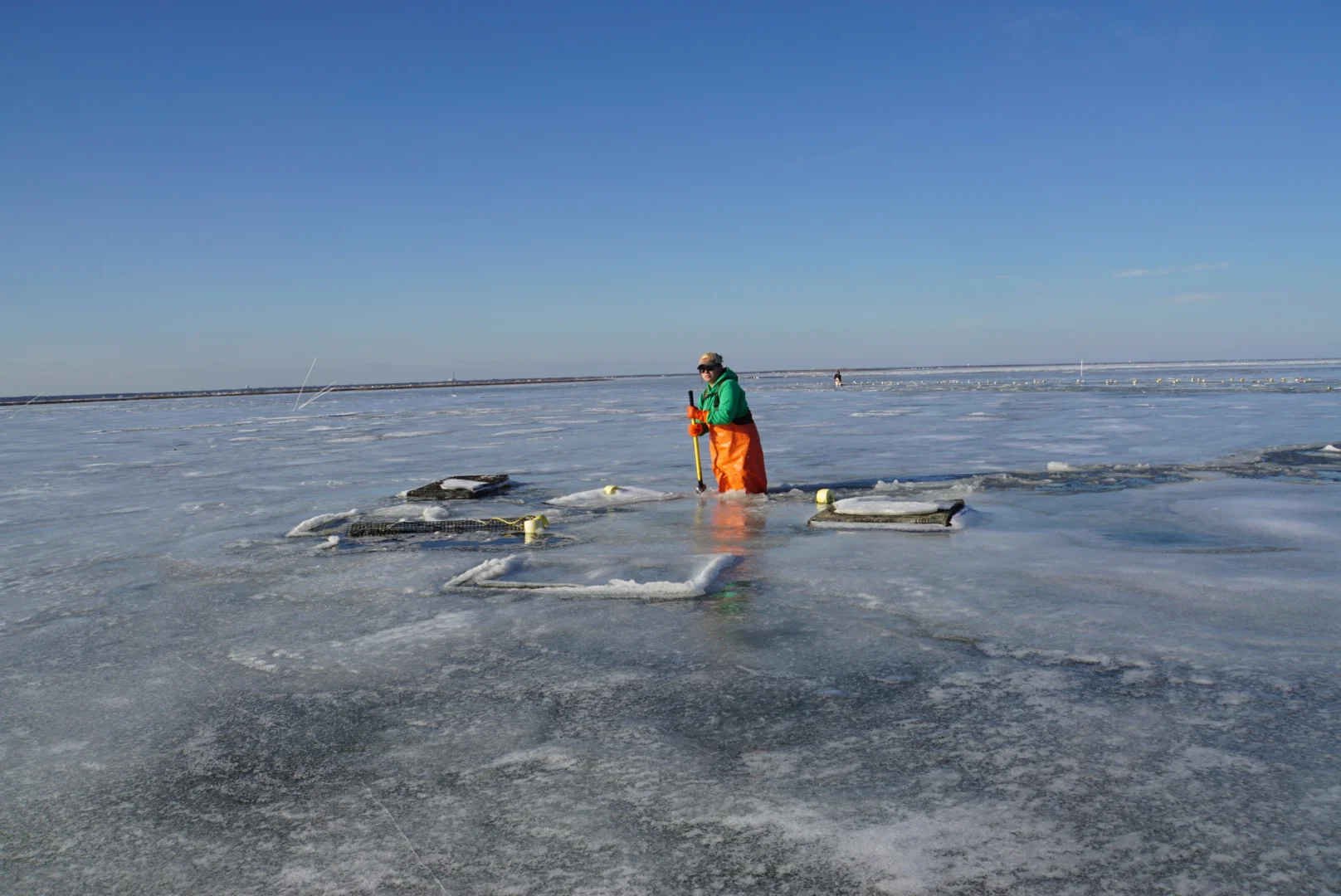Winter fishing and harvest: Challenges of the arctic freeze
The temperatures this winter haven’t just been below freezing. They’ve been brutal. Can anyone remember a stretch where we struggled to get out of the teens like that? The Barnegat Bay has been frozen for weeks. https://www.youtube.com/watch?v=o735b3eCobY
But regardless of the Polar Vortexes and beard icicles, folks still love fresh seafood and we still work with our purveyors to give it to them.
“Life gets real difficult around here in this type of weather,” says Dale Parsons, fifth generation commercial bayman of Parson’s Seafood.
He’s not kidding. Life is always challenging for our fishermen and shellfish harvesters, but winter can be really tough and a winter like this is nothing short of brutal.
On a recent Saturday, Long Beach Island was literally two degrees, still feeling a whipping northwest wind.
“We literally have to get in a boat and go break up the ice,” says Ernie Panacek, who has been working at Viking Village since 1980 and managing the operation for the last 29 years, “They want to go fish. When we’re shut down for weather, we’re going backwards. You don’t ever catch what you lost when you’re in for weather. We take advantage of the short periods of time that the boats can fish.”
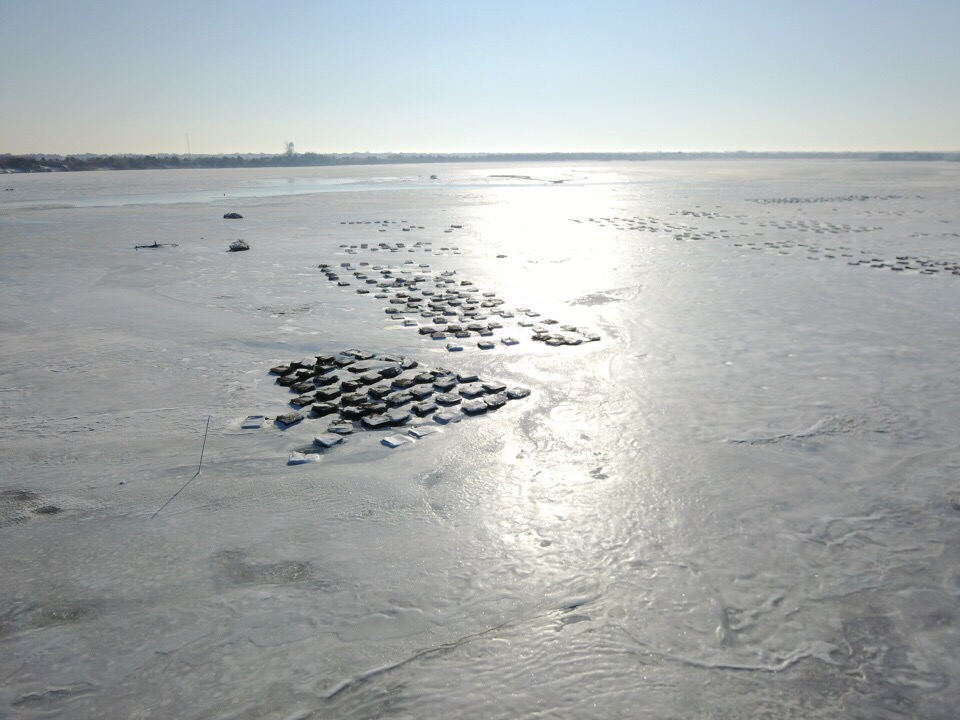
“We literally have to get in a boat and go break up the ice,” says Ernie Panacek, who has been working at Viking Village since 1980 and managing the operation for the last 29 years, “They want to go fish. When we’re shut down for weather, we’re going backwards. You don’t ever catch what you lost when you’re in for weather. We take advantage of the short periods of time that the boats can fish.”
While most folks were seeking refuge of a warm fire, Kevin Wark, captain and owner of the Dana Christine, of Barnegat Light, was doing his best to clear the snow and ice off his boat following the blizzard. It was time to fish again.
“We’re monkfishing and we catch some winter skates. Sometimes you just have to deal with that screaming wind,” says Wark, “Those first couple waves where you get splashed are the worst. Once you get numb, then you just kind of keep going. Sometimes the whole windshield ices over.”
In icy weather like this, captains will run a deck hose all day, flushing fresh seawater across the deck to prevent dangerous ice from forming where they’re working.
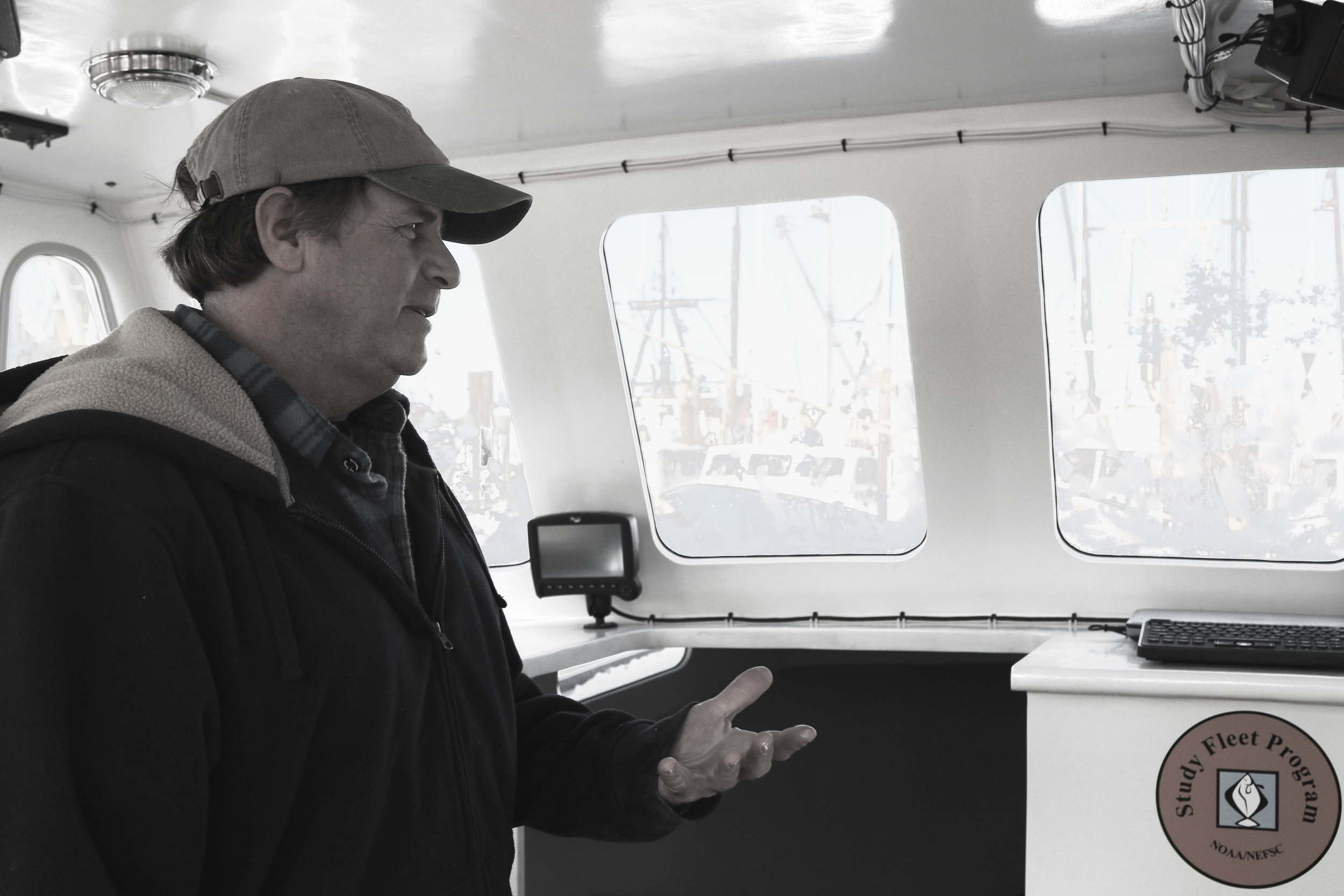
“It’s mostly day trips. Sometimes we have to leave extremely early. Whenever we get that window, we gotta go,” he explains.
Down in Tuckerton, Parsons, who sells shellfish 52 weeks of the year, wholesale and retail, was warming up after a frozen day on the water. He’d just been out harvesting what he could from Tuckerton Cove.
“We took a ride out to the areas just outside of where our leases are. We probably could have chipped out a channel, but sometimes when the tide changes, it’s tricky. And you can’t get stuck in there,” explains Parsons.
But while his cultivated clams may be inaccessible right now, Parson is able to harvest wild clams to provide for his customers.
“When it gets this cold the clams stop moving around. As the bay surface freezes, it makes the water underneath move at a higher velocity, which washes the sand from on top of the clams. When those clams become exposed, we call them 'cut outs.' We get out of the boat and pick them up.”
When his farmed clams are inaccessible, his customers are very happy to buy wild product.
“We get everything wild from little necks to the biggest coconut chowder clams you can imagine. There’s a market for every size of clam.”
As he points out, everything is subject to the weather.
“We have some pretty fancy wetsuits that we buy from Brian over at Farias,” he explained.
“The ice out there is constantly moving. You might chip through it, but with the tide reversal, you might not get back. When we have gusts out of the northeast and northwest, that’s actually not bad for us. We get a soup of ice, rather than a sheet of ice.”
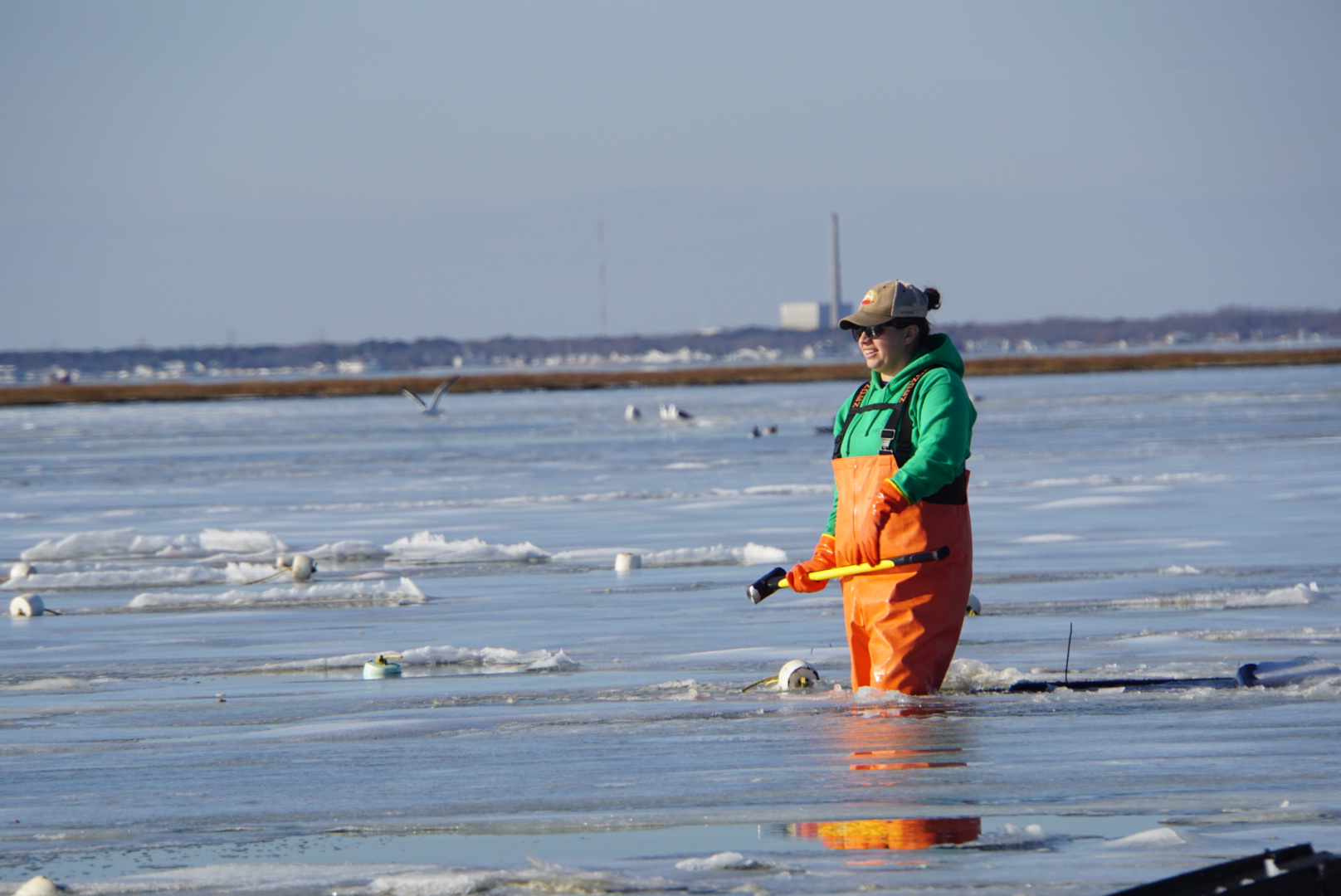
"Although we had spent a lot time planning and preparing our farms for a drastic winter, none of us were mentally prepared for such arctic conditions. Once the freeze had really set in, all of our farm sites, from Little Egg to Mantoloking and even Barnegat Light were completely inaccessible," said Matt Greg of Barnegat Oyster Collective.
The only way they could check on the oysters was aerial shots from over the bay.
"We were forced to watch the ice encroach on our livelihood via drone footage. As the thaw set in, we began to pick up the pieces - shoveling out boats, clearing boat ramps, cutting channels through the frozen harbors, and finally, breaking over 20 acres of iced-in farming gear with axes.
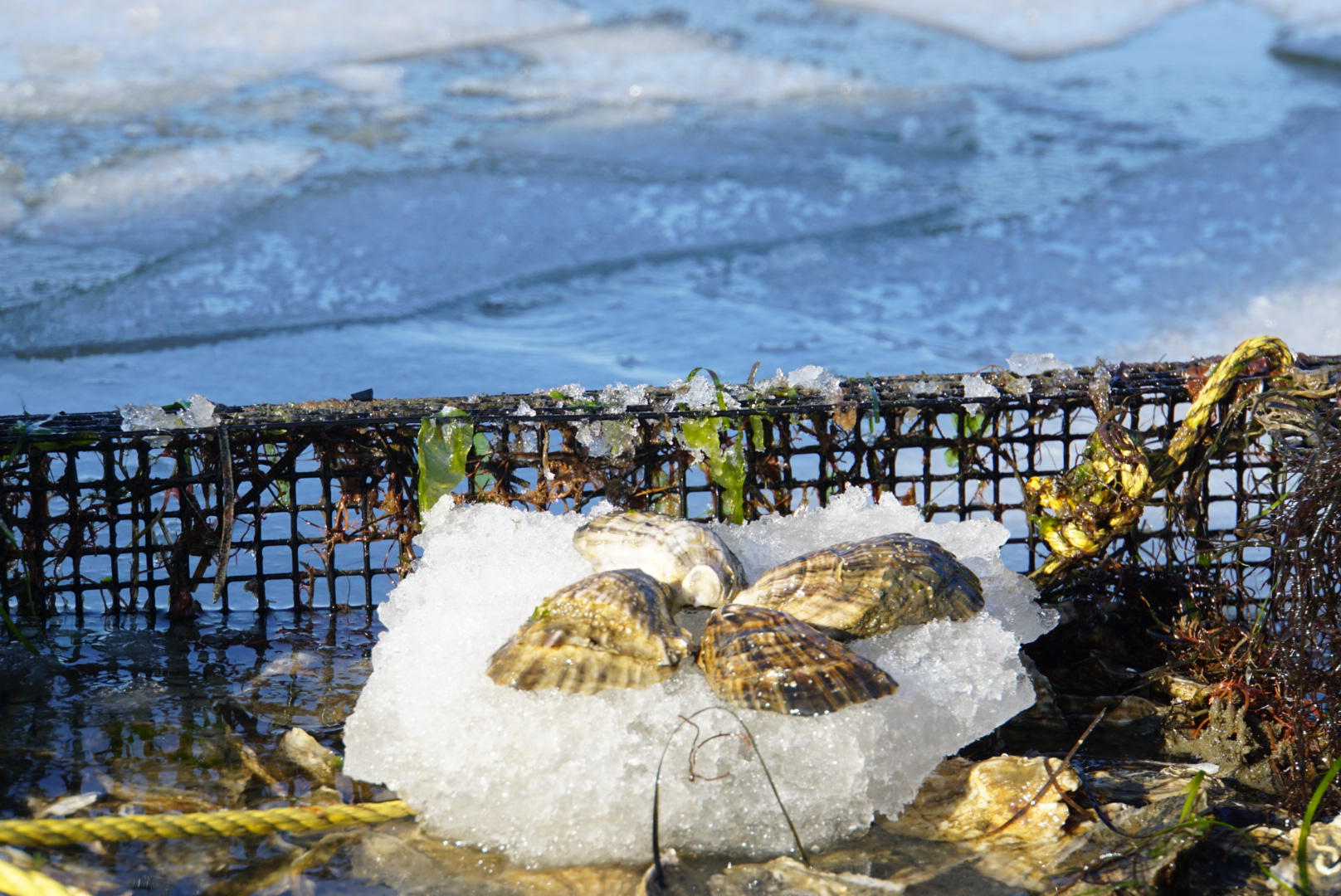
The sites that are adjacent to more freshwater have been more frozen than those in the saltier parts of the bay.
"Although we haven’t been able to access all our sites yet, the damage thus far has been minimal and we only suffered a few weeks of no harvest/sales. We learned a few lessons," said Gregg.
Clams and oysters are always a staple from the raw bar to chowder. We do monkfish specials at several of our restaurants. Monkfish generally hide on the bottom, disguising themselves from prey, swallowing it whole. They’re able to extend their stomachs to ingest fish almost as big as they are. And they’re really cute….
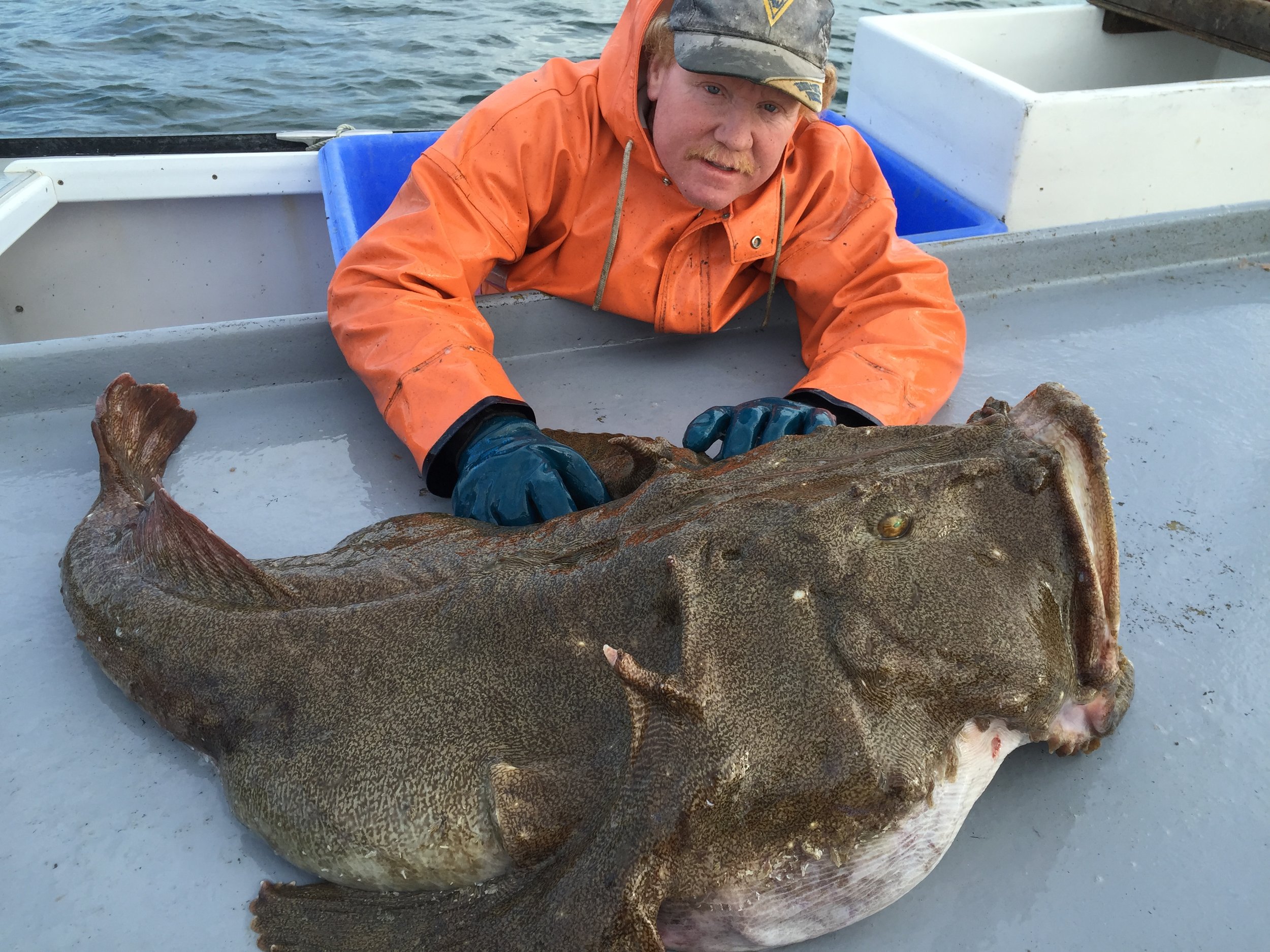
He describes monkfish is a dense white fish.
“It’s good skewered. It’s incredible to grill. It’s definitely different. I don’t think anything really compares to it because of the grain and density of the fish. That’s why people call it poor man’s lobster. Most of the it gets packaged, boxed and sent to Asia, but we do have a tail market that’s local.”
Fishing and harvesting don’t slow down, because they can’t - even in the most bitter weather.
[envira-gallery id="2872"]

